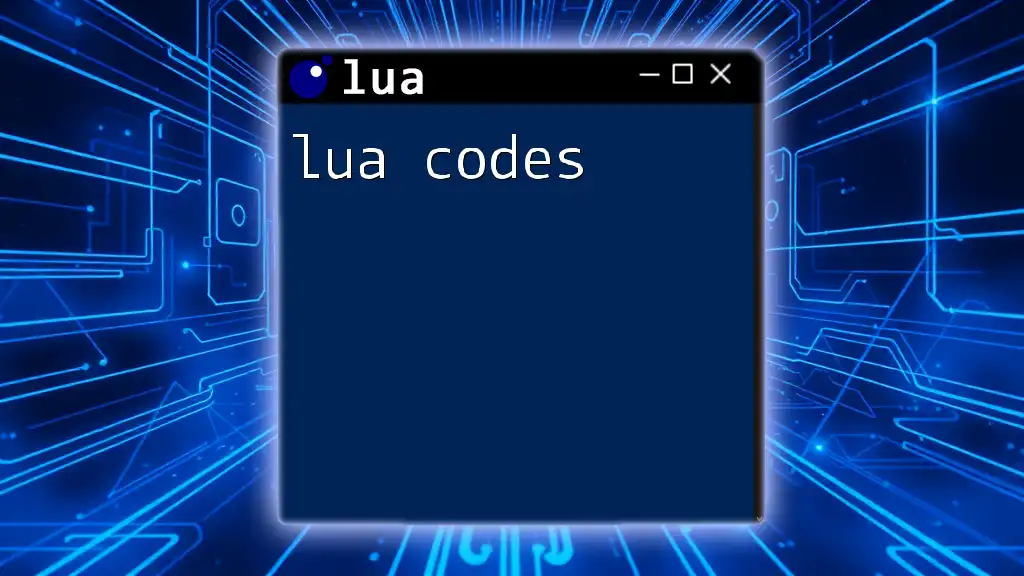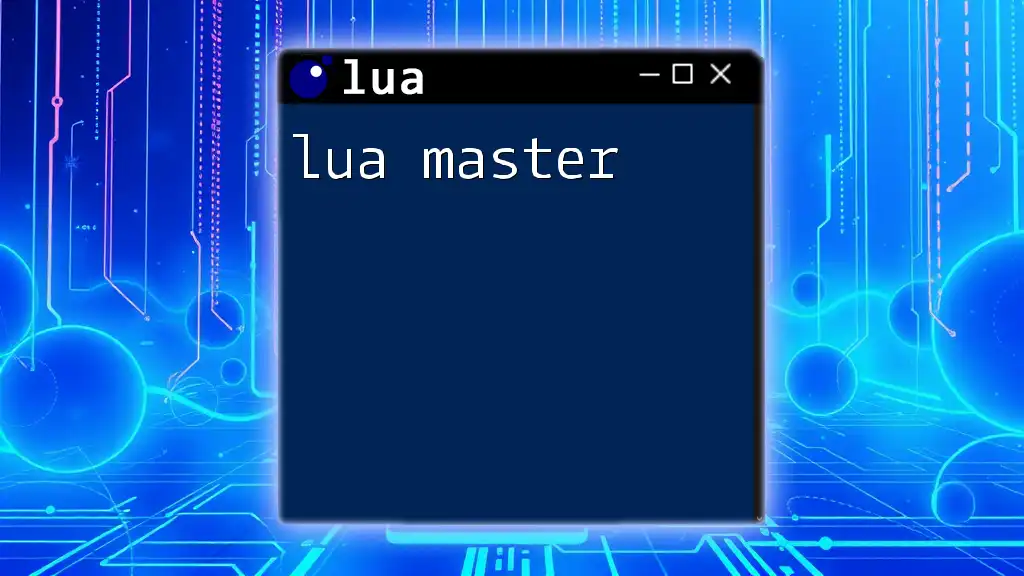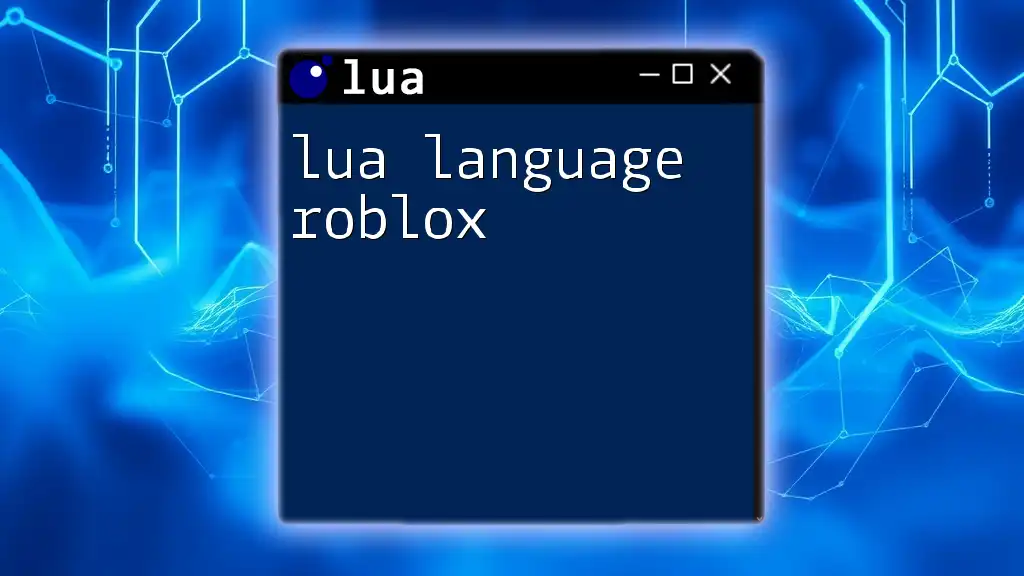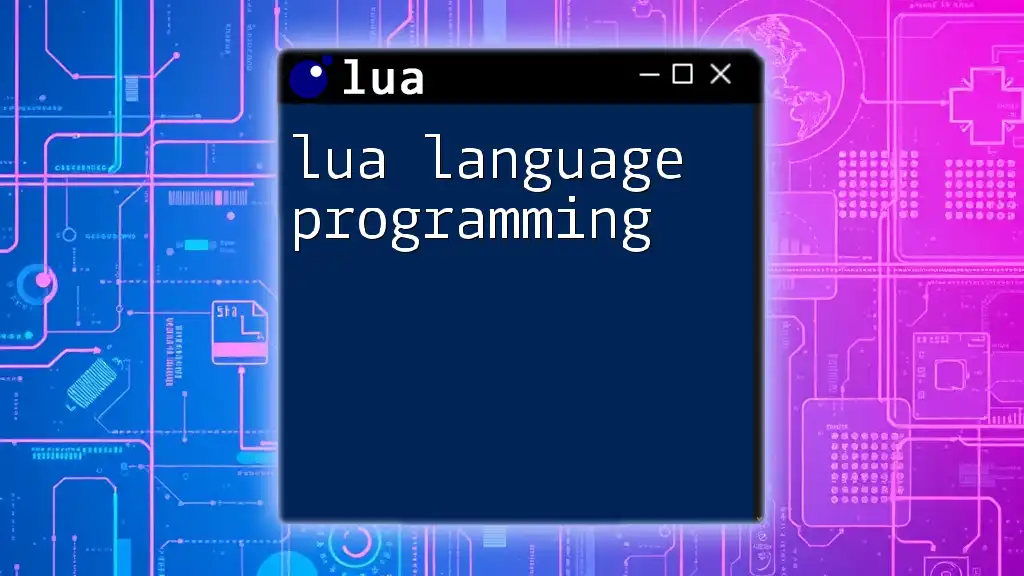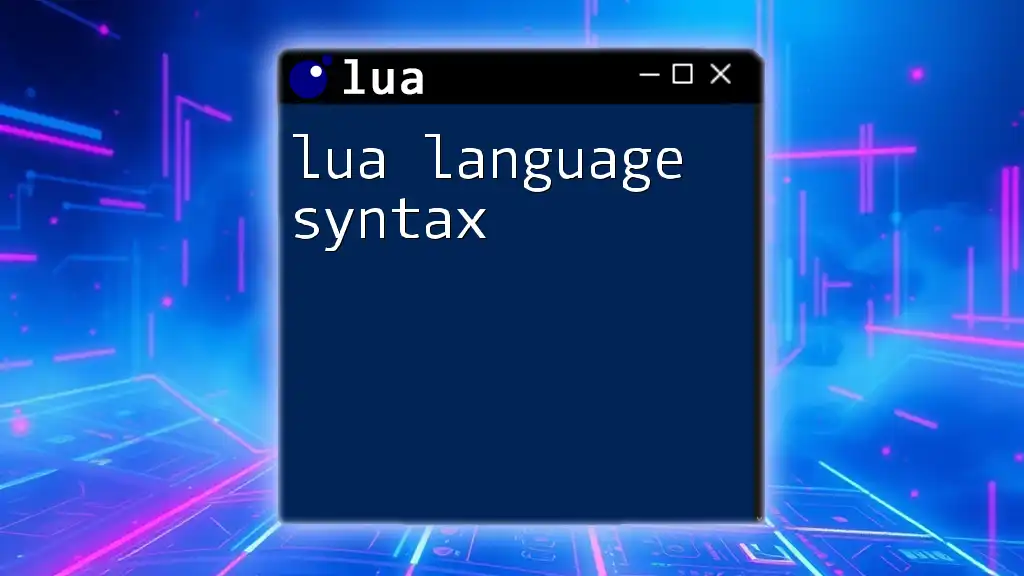In Lua, a class can be simulated using tables and metatables, allowing you to create objects with methods and properties for better organization and encapsulation of code.
Here's a simple example:
-- Define a class-like table
MyClass = {}
MyClass.__index = MyClass
-- Constructor
function MyClass:new(value)
local instance = setmetatable({}, MyClass)
instance.value = value
return instance
end
-- Method
function MyClass:printValue()
print("Value: " .. self.value)
end
-- Create an instance of MyClass
local myObject = MyClass:new(10)
myObject:printValue() -- Output: Value: 10
Understanding Object-Oriented Programming in Lua
To fully grasp the concept of a lua class, it's essential to understand the principles of Object-Oriented Programming (OOP). OOP is characterized by its key features: encapsulation, inheritance, and polymorphism. These principles help organize and structure code efficiently, making it more manageable and scalable.
-
Encapsulation allows the bundling of data (attributes) and methods (functions) that operate on that data. This means that data is hidden from the outside world and can only be accessed through specific methods.
-
Inheritance lets a class (child) inherit properties and behaviors (methods) from another class (parent), promoting code reuse.
-
Polymorphism enables a single function or method to operate on different types of objects, enhancing flexibility.
Lua, unlike many OOP languages, does not have built-in support for classical inheritance or classes, but it allows developers to create classes using metatables. Understanding how to leverage metatables is crucial for implementing lua classes effectively.
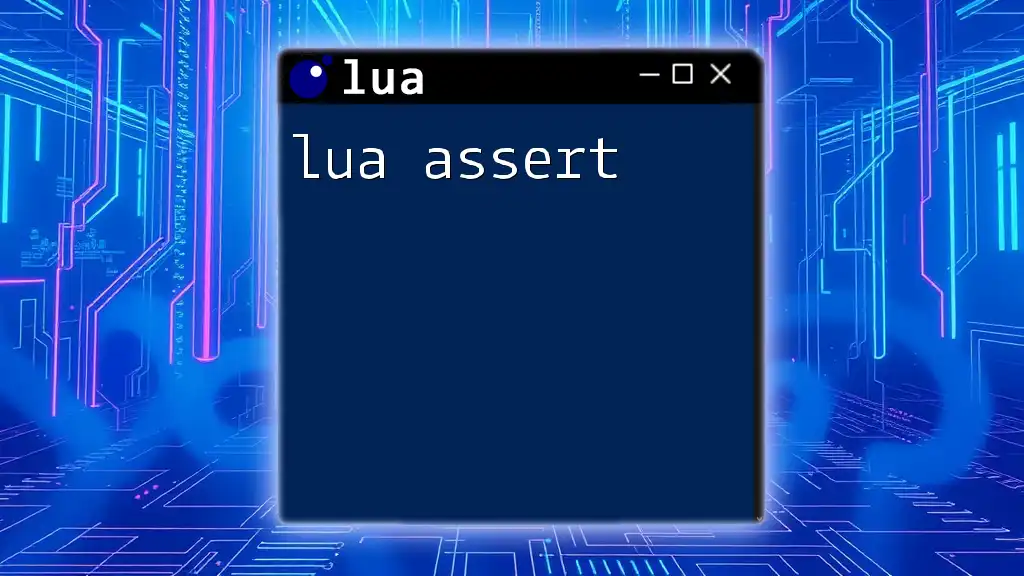
Creating a Basic Class in Lua
To create a basic lua class, you need to understand how to structure your class definition, set up a metatable, and implement a constructor.
Defining a Class
Defining a class in Lua involves creating a table that will represent the class and setting its metatable. Here’s how you can do it:
MyClass = {}
MyClass.__index = MyClass
In this snippet, `MyClass` is a table that will act as your class. The `__index` field is crucial as it allows instances of this class to access its methods.
Constructors
A constructor initializes a new instance of a class. To create a constructor for `MyClass`, follow this pattern:
function MyClass:new(name)
local instance = {}
setmetatable(instance, MyClass)
instance.name = name
return instance
end
In this example, the `new` function creates a new instance by first creating a local table, `instance`, and then setting its metatable to `MyClass`. The `name` parameter initializes the instance's `name` attribute.
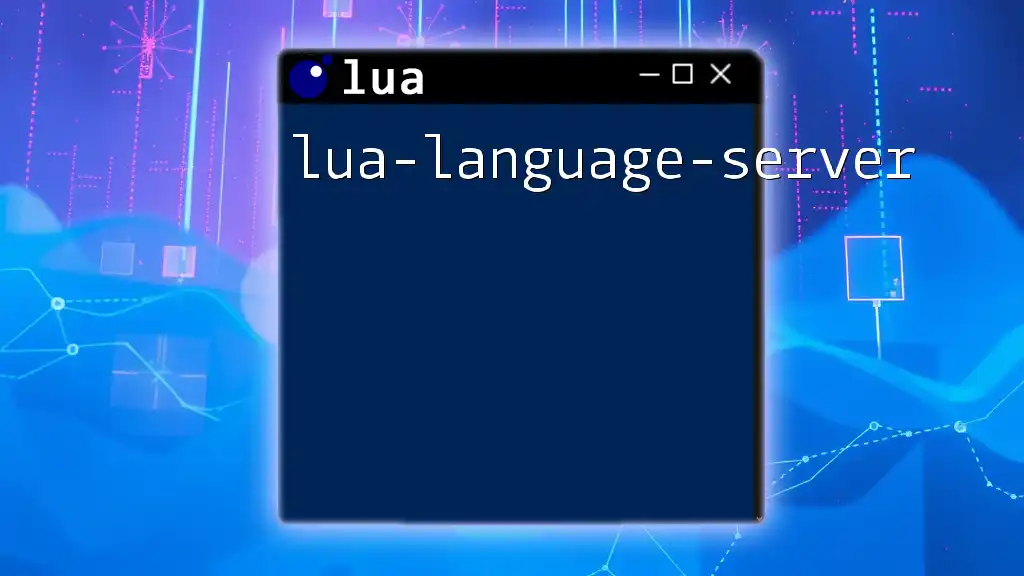
Adding Methods to Lua Classes
Once you have your lua class and its constructor set up, you can start adding methods. Methods are simply functions defined within the class table.
Defining Methods
To create a method for `MyClass`, you can follow this structure:
function MyClass:greet()
print("Hello, my name is " .. self.name)
end
This `greet` method prints a greeting that includes the `name` attribute of the instance. The use of `self` is essential as it refers to the instance invoking the method.
Invoking Methods
You can invoke methods on instances of your class as follows:
local obj = MyClass:new("LuaMaster")
obj:greet() -- Output: Hello, my name is LuaMaster
Here, the `greet` method is called on the `obj`, demonstrating how to access the class methods.
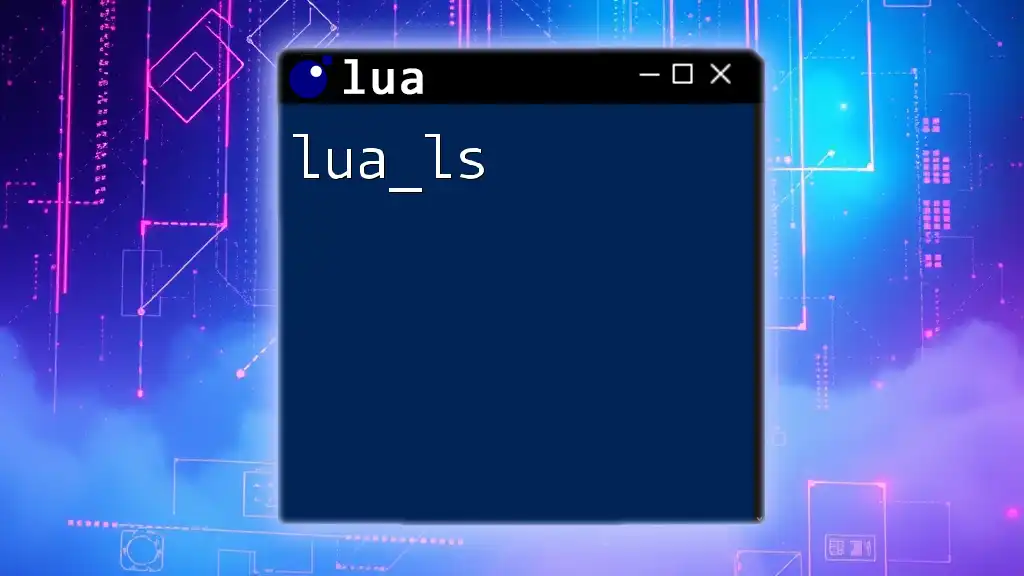
Inheritance in Lua Classes
Inheritance allows you to create a new class that extends the functionality of an existing class. This is a powerful feature that promotes code reusability.
What is Inheritance?
Inheritance is a mechanism where one class (subclass) derives properties and methods from another class (superclass). This establishes a parent-child relationship.
Implementing Inheritance in Lua
To implement inheritance, you can create a subclass like this:
LocalChildClass = setmetatable({}, {__index = MyClass})
Here, `LocalChildClass` inherits from `MyClass`. You can then add additional attributes and methods specific to the subclass.
Creating a Subclass Constructor
You might also want to override or extend the constructor for the subclass:
function LocalChildClass:new(name, age)
local instance = MyClass:new(name)
instance.age = age
return instance
end
In this constructor, `age` is introduced as an additional property specific to `LocalChildClass`.
Overriding Methods
You can override methods from the parent class in the subclass. For example:
function LocalChildClass:greet()
print("Hello, my name is " .. self.name .. " and I am " .. self.age .. " years old.")
end
This `greet` method in `LocalChildClass` provides more detailed information compared to the one in `MyClass`.
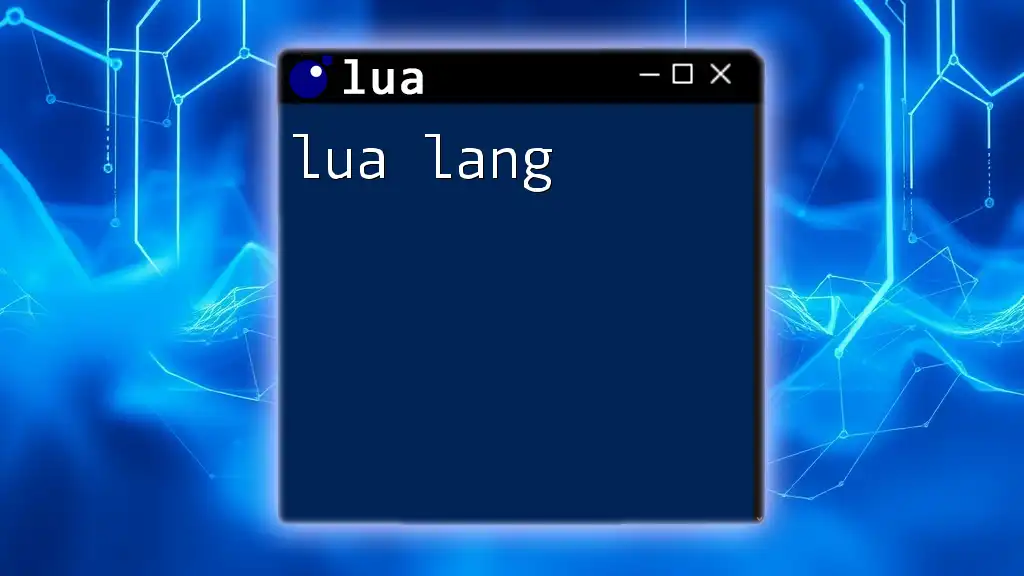
Polymorphism in Lua Classes
Polymorphism in Lua allows you to use a single function to operate on instances of different classes, provided they share the same method name.
Understanding Polymorphism
Polymorphism is advantageous as it promotes flexibility and code extensibility. For instance, consider the following polymorphic function:
function greetPerson(person)
person:greet()
end
In this `greetPerson` function, you can pass any object that has a `greet` method, regardless of its class. This increases the versatility of your code.
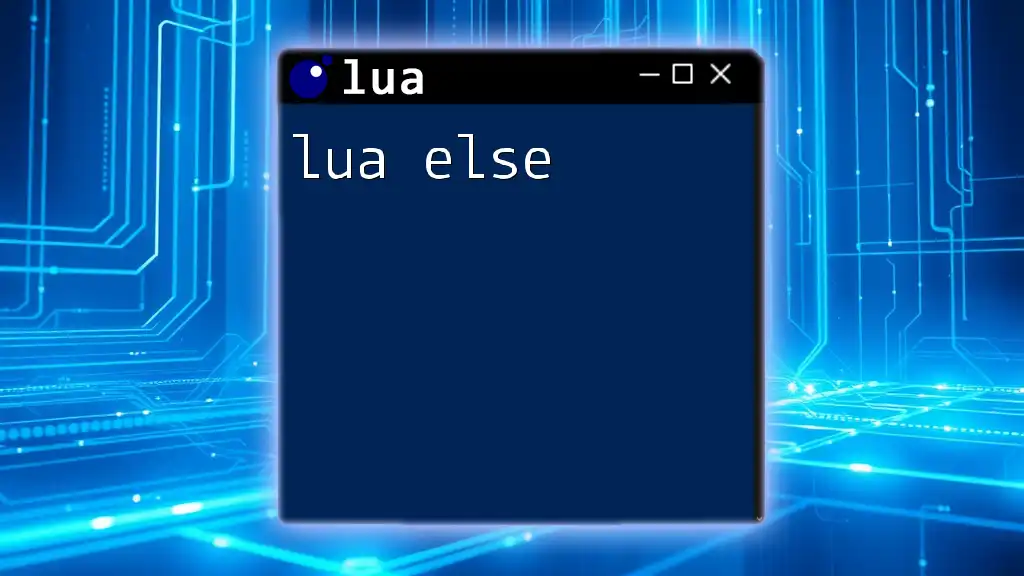
Best Practices for Working with Lua Classes
When working with lua classes, several best practices will help maintain clean and understandable code:
- Naming conventions: Use clear and descriptive names for your classes and methods to enhance readability.
- Simplicity: Keep your methods simple and focused on a single task. Avoid bloating classes with too many responsibilities.
- Documentation: Regularly comment your code and document the purpose of classes and methods to assist future developers (or yourself) when revisiting the codebase.
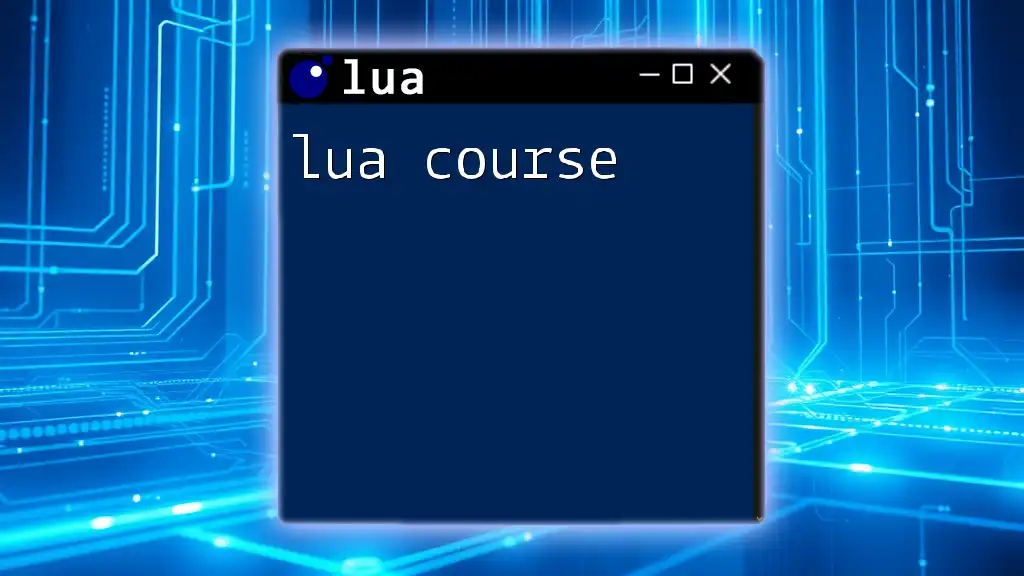
Common Mistakes to Avoid with Lua Classes
Despite Lua’s flexibility, there are common mistakes that novice programmers often encounter:
-
Misunderstanding the use of `self`: It’s easy to forget that methods must take `self` as a parameter. Not doing so will lead to errors in accessing instance attributes.
-
Forgetting to set metatables correctly: If you fail to set the metatable for instances, they will not have access to the parent class methods.
-
Not leveraging Lua's flexibility effectively: Many developers come from classical OOP backgrounds and might overlook Lua’s unique strength of prototypical inheritance.

Conclusion
Mastering lua classes is a vital skill for anyone looking to develop applications in Lua effectively. By understanding class structures, constructors, methods, inheritance, and polymorphism, you can create more organized and reusable code. Continued practice and exploration will further enhance your understanding and capabilities with Lua programming.

Additional Resources
For further learning, consider exploring reputable books on Lua, engaging with online communities, and utilizing official Lua documentation. These resources will help deepen your knowledge and support you in your programming journey.







